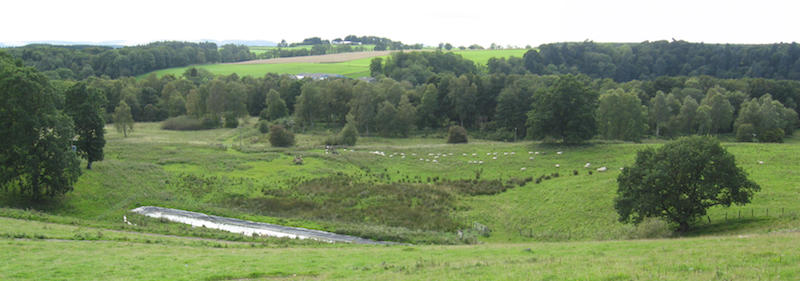Types of project

Landfill Leachate/ Environmental Remediation
All kinds of human activities have a tendency to harm our rivers unless we make an effort to contain pollutants. In the early days of industrialisation there were very few environmental controls, and we have a legacy of contaminated land and groundwater from these times. Sometimes contaminants can exist below the ground without much of a problem, but there can be a big problem if contamination migrates through the groundwater to waterways or water wells.
Remediation of contaminated land is a science in itself, and there are many possible approaches, in the 21st century environmentally sustainable remediation methods has been increasignly important. A wetland treatment system can be a useful part of the rehabilitation of contaminated sites, gradually remediating contaminated groundwater using no energy, while providing attractive open space and wildlife habitat.
Resources:
What is sustainable Remediation?
CL:AIRE library of remediation technologies

Sustainable Drainage Systems (SuDS)
Before humans got civilised, rain soaked into the soil, then travelled very slowly through the soil until it seeped out as a spring or was soaked up by plants. Then we started to build over large areas of land, which all needed to be drained. We also started to drain farmalnd to make it more productive.
Conventional drainage systems move rainwater as quickly as possible into the nearest river. That works fine for the odd house or a few fields, but when all those sites add up over the scale of a city or river catchment, it can cause problems. If all the waterfrom a wide area reaches the river in one hit, there is a risk of flooding, and any pollutants will be carried along and go straight into the river too.
Sustainable drainage systems (SuDS) aim to address these issues by trying to mimic the way the land naturally drains, so they may allow water to infiltrate into the ground, or may send it into a pond or a wetland to help to attenuate flows and achieve natural treatment of any contaminants. The best SuDS will be achieved to address water quality, reduce flooding, and create a water feature which can be of benefit to wildlife and an asset to the local community.
Resources:
Rural Sustainable Drainage Systems, a design and build guide